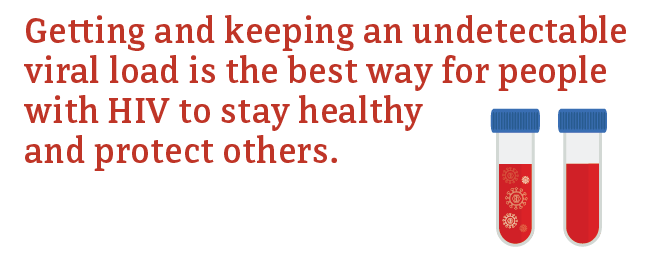HIV and African American People: HIV Risk Behaviors
The risk of getting or transmitting HIV varies widely depending on the type of exposure or behavior. Most commonly, people get or transmit HIV through anal or vaginal sex, or sharing needles, syringes, or other drug injection equipment—for example, cookers.


* Among people aged 18 years and older.
† Had sex while not virally suppressed with a partner whose HIV status was negative or unknown, a condom was not used, and the partner was not taking PrEP.
Source: CDC. Medical Monitoring Project.


* Injection behaviors among people without HIV in 23 US cities.
Source: CDC. HIV infection risk, prevention, and testing behaviors among persons who inject drugs—National HIV Behavioral Surveillance: injection drug use, 23 U.S. Cities, 2018 [PDF – 2 MB]. HIV Surveillance Special Report 2020;24.
- CDC Diagnoses of HIV infection in the United States and dependent areas, 2019. HIV Surveillance Report 2021;32.
- CDC. Estimated HIV incidence and prevalence in the United States, 2015–2019. [PDF – 3 MB] HIV Surveillance Supplemental Report 2021;26(1).
- CDC. Monitoring selected national HIV prevention and care objectives by using HIV surveillance data—United States and 6 dependent areas, 2019. HIV Surveillance Supplemental Report 2021;26(2).
- Randolph SD, Golin C, Welgus H, Lightfoot AF, Harding CJ, Riggins LF. How perceived structural racism and discrimination and medical mistrust in the health system influences participation in HIV health services for Black women living in the United States South: a qualitative, descriptive study. J Assoc Nurses AIDS Care2020;31(5):598-605. PubMed abstract.
- Beer L, McCree DH, Jeffries WL 4th, Lemons A, Sionean C. Recent US Centers for Disease Control and Prevention activities to reduce HIV stigma. J Int Assoc Provid AIDS Care2019;18:1-5.
- CDC. Sexually transmitted disease surveillance, 2019. Accessed January 18, 2022.